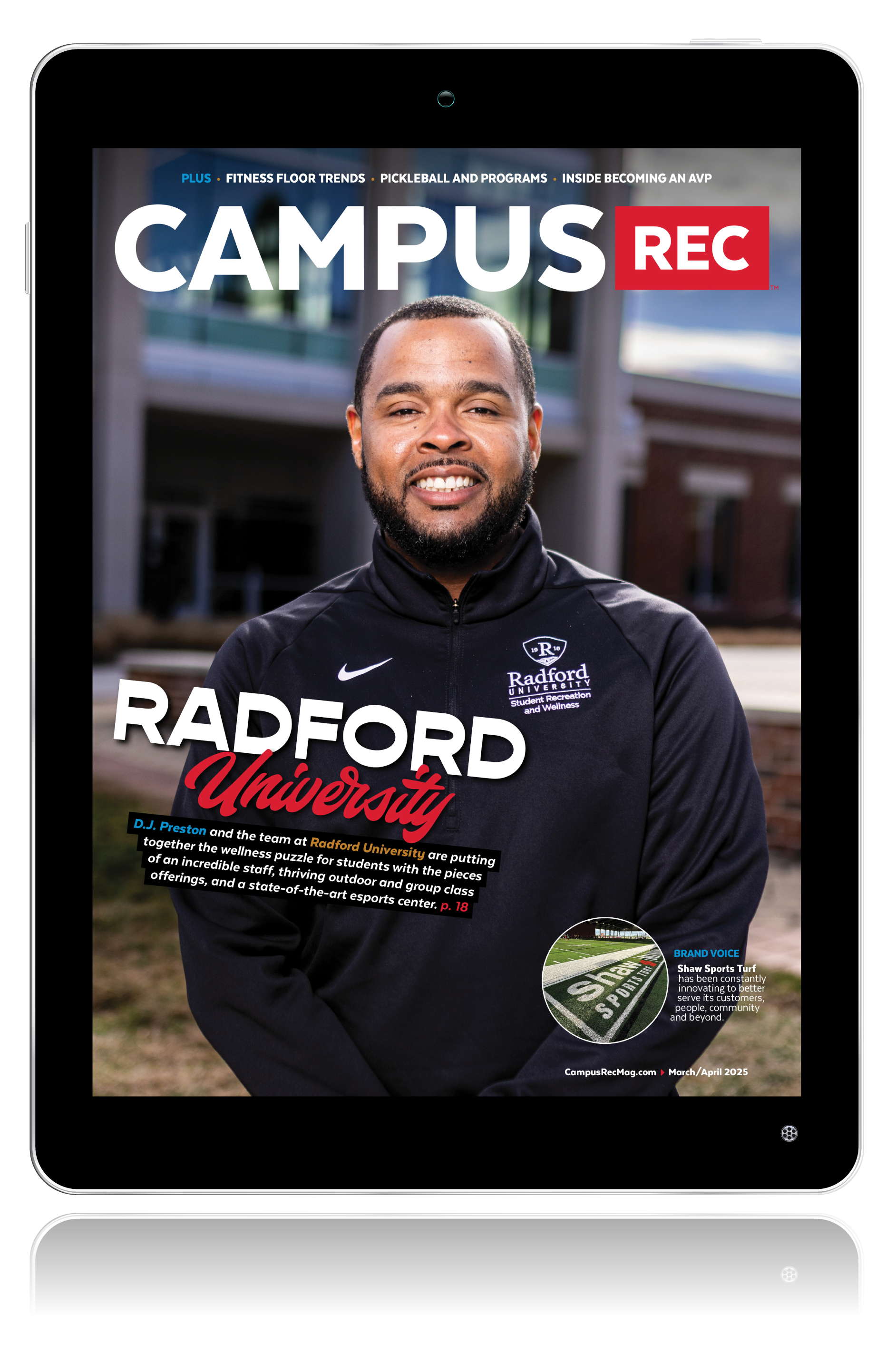For over 20 years, Florida State University’s Outdoor Pursuits program has been going strong. From backpacking to paddling along the river, the trips can be over a weekend or longer.
“Experience education really gives people a chance to learn while doing,” said Travis Johnson, Outdoor Pursuits coordinator at Florida State University. “So, what we wanted to do was take [students] outside their comfort zone and give them an opportunity to test their problem solving skills, give them an opportunity to bond with other people, and it seems to work very well and students come back with a very positive attitude.”
Johnson explained that while trips once ranged from places like North Carolina and Alabama, recently they have decided to do more local trips. This helps keep the costs of the program down, benefiting the students.
While that decision rested more with Johnson, decisions about the programs themselves rests in the hands of the students. They propose, plan and implement the trips. “It’s definitely a hands on experience that gives them a lot of hands on skills to use,” said Johnson.
All trip leaders have gone through a semester of training that’s equivalent to 15 days of learning technical skills, safety, etc. In the past, the training was actually 15 days long, but it was difficult to have students commit to it. By drawing out the training, more students are able to participate.
The one of the skills emphasized in the training are interpersonal skills that include listening and learning how to adapt and overcome. By giving students problem solving skills and adaptability, Johnson said they are prepared to work through situations that will unexpectedly come their way. “You never know how a trip is going to go until you’re on the trip,” he said. “We definitely do the technical skills — so backpacking skills, rock climbing skills, paddling skills, and that kind of thing —but it really comes down to the interpersonal skills that really makes it a stronger program.”
Once a trip is proposed and planned, it then comes down to filling up its spots. Johnson said social media is huge and posting photos of people participating in the trips is the best route, versus lengthy write-ups that no one will read.
As for the website, Johnson said they use an extensive amount of photos. Students want the snippets of trips — dates, activities, etc. Of course, a full description of the trip is given if the students click on the trip’s name. By providing information on departure times, the physicality level and how to plan for packing food, Johnson said the attempt is to help the students feel confident in going on the trip. “We give them all the information, but again it makes them feel more comfortable,” he said.










